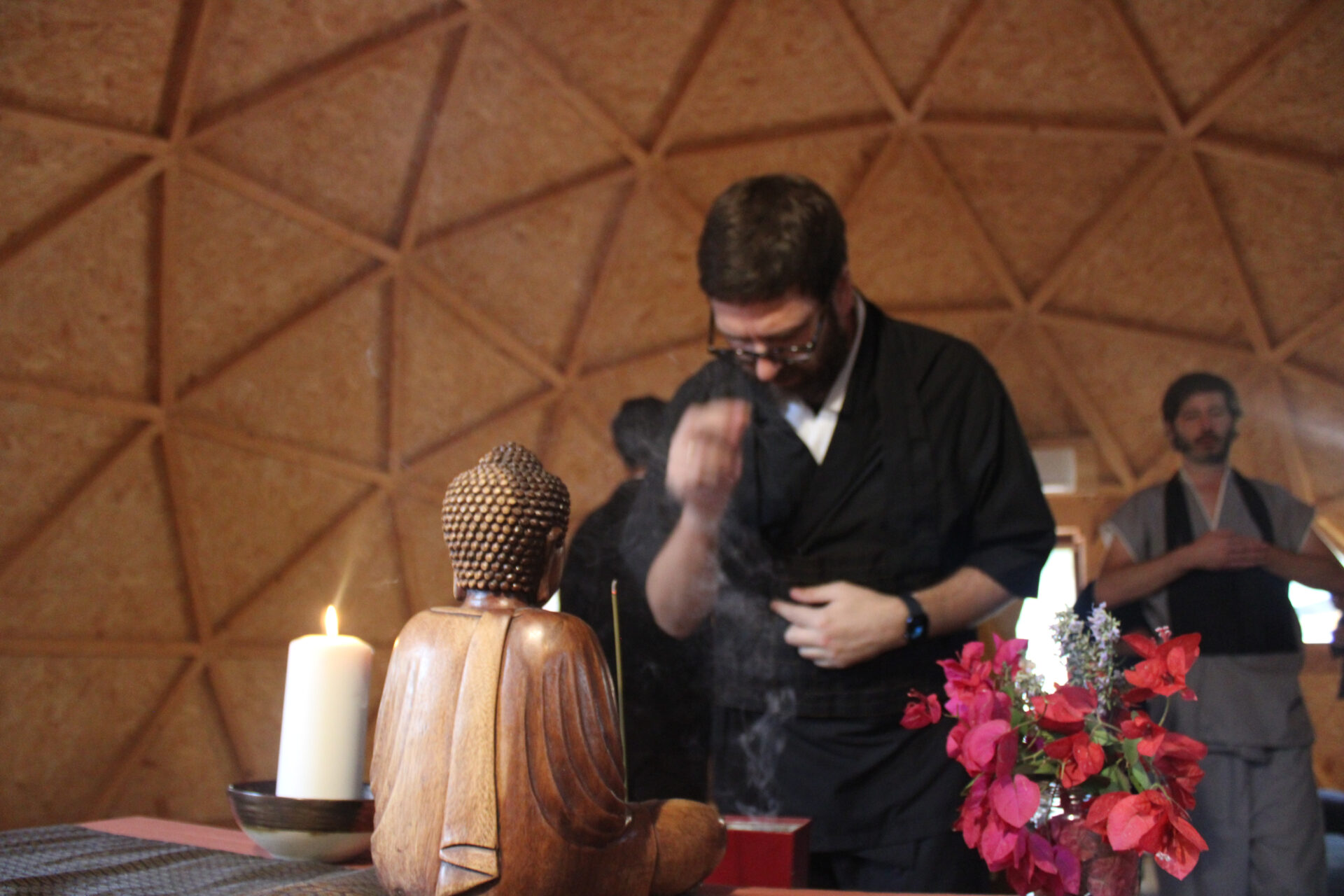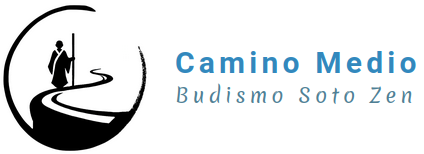⏱️ Estimated reading time: 4 min
Within the framework of Buddhism Soto Zen, Meditation retreats (sesshin) They are intensive practice moments, where life is simplified to the essential and the mind finds a favorable space to settle. Far from noise and daily occupations, retiring for a few days or a week allows us to reconnect with what really matters. But this practice, deep and demanding, Requires previous preparation. Here are some keys to live it fully: How to prepare, What to expect, How to integrate experience and what relationship does it keep with daily practice at home or in community, In urban dojos.
Preparation for the sesshin
Participate in a sesshin It is not simply "to attend a retirement". It is about immersing yourself in a carefully structured environment to sustain the practice of zazen and the awakening of full attention in each gesture. To prepare, It is advisable to start a few days before reducing external stimuli, Simplify your diet, and establish a more stable meditation routine. So, Your body and mind will begin to tune in with the rhythm of retirement even before it starts.
It is also useful to read or listen to teachings about the spirit of the sesshin. It's not about achieving anything, but to completely surrender to practice, beyond our expectations. Zen's practice requires nothing more than our honest presence, instant after instant. Go with an open heart and with an attitude of delivery will be your best luggage.
What to wait in long retreats
A long retirement can last between three and seven days, Or even more. During that time, Everything is organized around practice: The silence, The schedules, meals, conscious work (find) and the teachings. There is no space for usual distractions; The structure is simple and repetitive, But precisely because of it becomes deeply transformer.
What at first may seem monotonous or uncomfortable, ends up revealing a new sensitivity. We discovered that every moment - call in kinhin, Eat in silence, scrubbing - is an opportunity to be present. It is also normal to cross resistance phases, Tiredness or intense emotions. All this is part of the process. In a retirement, We do not escape from ourselves, In practice we find our authentic nature.
Besides, be accompanied by a practice community, Although silence predominates, generates a common unit that sustains us. This "silent brotherhood" is one of the most precious treasures of Zen retreats.
Post-irirus integration
One of the most important aspects of a retirement occurs precisely when it ends, In the return to everyday life. The mind tends to want "to return to the before", But we pay attention, We will discover that something has changed. Maybe we feel more focused, more receptive or more aware of the noise that we did not even notice.
To integrate experience, It is useful to reserve a time of calm the following days, Maintain daily practice (Even if it is brief), And if possible, Share with other practicing people the lived. We can also write about what we have discovered as a way to recognize and mature the fruits of retirement.
Remember that what has learned is not separated from everyday life is essential. The practice continues, Although the environment is no longer so structured. In fact, That's where practice truly has value, In the coming and going to day, In the links with the people around us, In decisions, In the way we walk down the street.
Practice at home vs.. Community practice
The practice at home allows us to sustain a daily bond with zazen And with our inner life. It teaches us to integrate silence in the midst of activity, And to discover that the dojo is, In fact, everywhere. But it is also true that, Without a community, We run the risk of isolating ourselves, accommodate or lose direction.
That's why, The moments of shared practice in a dojo, a local group or through online meetings, They are fundamental. The community not only supports us, It is a mirror that reminds us why we practice. Returns us to the present when the mind div does. Connects us with a living tradition, which welcomes all stocks.
The balance between individual practice and collective practice is a dance that each practitioner has to discover. The important thing is not to walk alone. Soto Zen Buddhism is not transmitted only through texts or techniques, but in direct experience that in a sesshin It is present as a whisper in the heart of silence.

